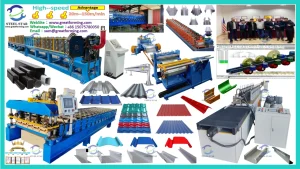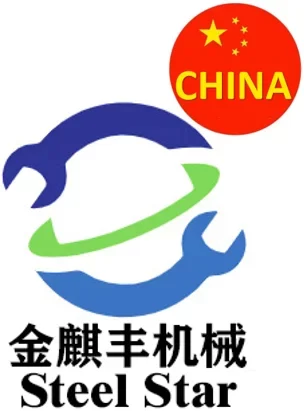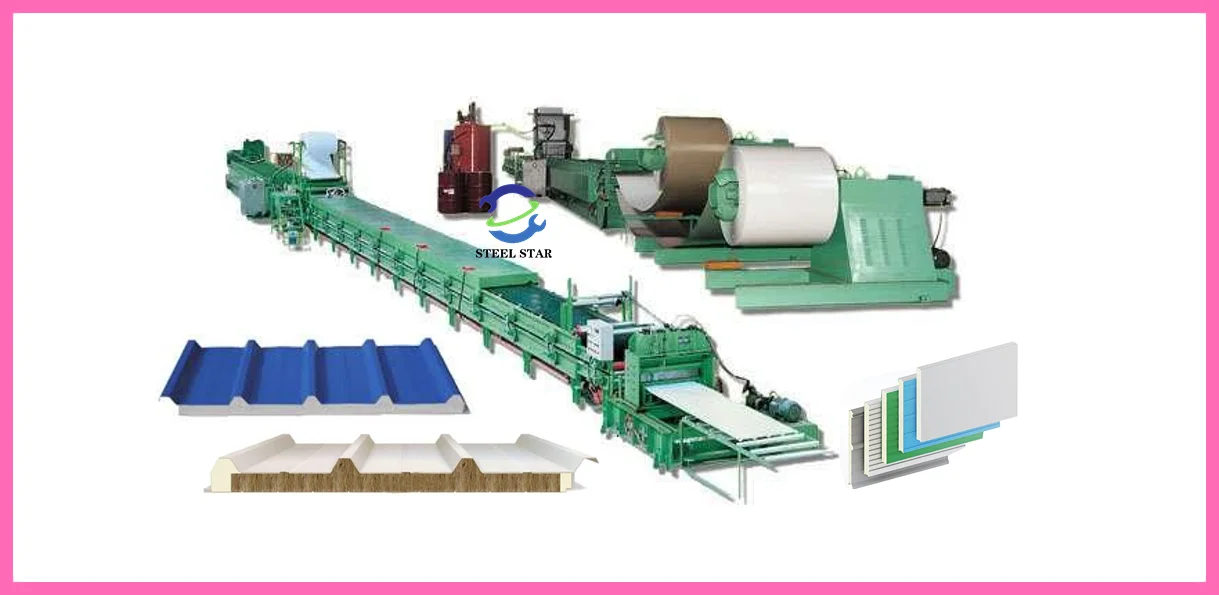Roll forming is a type of rolling that involves continuously bending long strips of metal sheet (typically coiled steel) into the desired cross-section.
Design the mold shape and number of groups according to the required size. The shrinkage ratio of each group of cold bending is different. Through cold bending group by group, the final desired size can be achieved. Combined with electronic control system, hydraulic system, shearing system and counting encoder to realize automated operation.

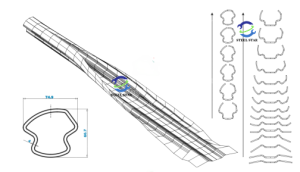
Application Scenarios :
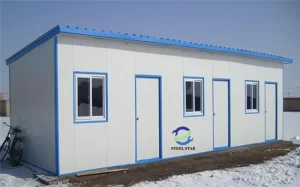
Equipment Production Line:

Color steel composite board is a thermal insulation composite maintenance board made by compounding color coated steel plate or other panels and bottom plate with thermal insulation core material through adhesive (or foaming).The composite methods usually include explosive composite, explosive rolling composite, rolling composite, etc. Composite materials can be divided into composite plates, composite tubes, composite rods, etc. They are mainly used in anti-corrosion, pressure vessel manufacturing, electric power construction, petrochemical, medicine, light industry, automobile and other industries. Composite materials can be divided into composite plates, composite tubes, composite rods, etc. according to their appearance.
Applications :
1. Industrial plants, warehouses
2. Cold storage, box packaging
3. Light steel houses, mezzanine rooms of existing buildings
4. Mobile board houses
5. Various clean rooms, air-conditioned rooms, etc.
Advantages :
1. Light weight, about 10kg~14kg/square meter, equivalent to 1/30 of a brick wall;
2. Good thermal insulation, attraction and sealing performance;
3. Convenient construction, flexible and fast installation, construction period can be shortened by more than 40%;
4. Bright color, beautiful appearance, no need for surface decoration;
5. High strength, can be used as maintenance structure, load-bearing structure, bending and compression resistance, general houses do not need beams and columns.
Main board materials
1. Surface material/base board (color-coated board, galvanized board, stainless steel board, aluminum foil, PVC, plywood, etc.)
1.1 Introduction to the performance of various boards
(1) Color-coated board
The base board is hot-dip galvanized or aluminum-zinc-coated board, and electro-galvanized base board is also used. The surface paint does not fall off after bending;
Color-coated steel board used as composite board is generally two-coated and one-baked (two-coated and one-baked), while two-coated and two-baked (two-coated and two-baked) or with quality problems such as severe loose edges, loose center, missing coating, large jagged edges, severe ovality, unevenness, etc. cannot be used to produce composite boards.
(2) Galvanized board
Poor bonding effect is sometimes not easy to handle and needs to be treated.
(3) Stainless steel board
Good corrosion resistance, high toughness and difficult to process; sometimes poor bonding effect and need to be treated.
(4) Aluminum foil
Reinforced aluminum foil is a composite material with glass fiber reinforcement sandwiched between aluminum foil and kraft paper. It has flame retardant and fireproof properties. It is also beautiful and durable. It is an ideal supporting insulation layer for the new generation of thermal insulation, heat insulation and sound insulation.
(5) PVC
The main raw material of PVC foam board is polyvinyl chloride (PVC). Its characteristics are smooth and beautiful surface, light weight, flame retardant, moisture-proof, sound insulation, corrosion resistance, easy cutting, good weather resistance, acid and alkali resistance and easy cleaning.
(6) Plywood
Since the length of each plywood sheet is limited, the compact effect is not very good and the crack phenomenon is difficult to solve.
Main core materials
2. Core materials (mainly: EPS, rock wool, glass wool, flame-retardant paper honeycomb board, polyurethane, etc.)
2.1 Introduction to the performance of various core materials
(1) Foam board
It is made of expandable polystyrene (EPS) particles, which look like fertilizer particles. After heating and pre-foaming, they become larger particles like white pearls, and then heated and pressed in a mold to form a foam plastic board with a fine closed-cell structure.
(2) Polyurethane High energy-saving performance
It is a material with excellent fireproof and heat-insulating properties. The bulk density of polyurethane used for composite boards is generally 30 kg-40 kg
(3) Rock wool board
It is made of basalt as the main raw material. After high-temperature melting, it is made into inorganic fibers by high-speed centrifugal equipment. At the same time, a certain proportion of adhesive is evenly added and baked into a large board. It is cut into rock wool strips according to production needs. Rock wool is a non-combustible body with good fireproof performance.
(4) Glass wool
It is a light, heat-resistant, elastic and non-toxic thermal insulation material, which is widely used in chemical, pharmaceutical, factory, heavy industrial machinery and equipment, construction, vehicles and ships, and aerospace. It is an ideal thermal insulation, fireproof and sound-absorbing material.
(5) Flame-retardant paper honeycomb board
It is a national B1 grade fireproof material with good flame retardancy, good compressive strength, only carbonization without combustion, no toxic substances, and waste can be completely recycled and reused. It is an ideal substitute for core materials such as polystyrene, polyurethane, and rock wool.
Factory Information:
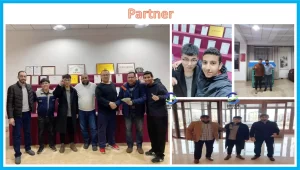

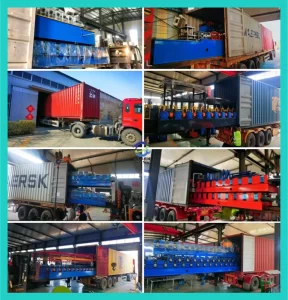

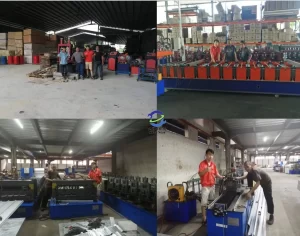
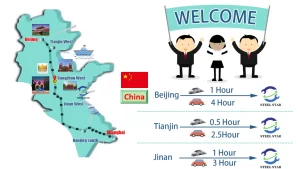
# EPS / PU Sandwich Machine,Color Steel Sandwich Panel Machinery,Colored Steel Sandwich Panel Forming Machine,Color Steel Sandwich Panel Making Line,Roll Forming Machine Pu sandwich panel EPS/EPP Shape,EPS/Rock Wool Roll Forming Machine,EPS Sandwich Panel Production Line ,China EPS / PU Sandwich Machine,China Color Steel Sandwich Panel Machinery,China Colored Steel Sandwich Panel Forming Machine,China Color Steel Sandwich Panel Making Line,China Roll Forming Machine Pu sandwich panel EPS/EPP Shape,China EPS/Rock Wool Roll Forming Machine,China EPS Sandwich Panel Production Line.
Website:
www.greatforming.com (English)
www.arabicgreatforming.com (عربي)
www.russiangreatforming.com(Русский)
www.spanishgreatforming.com(Español)
www.frenchgreatforming.com(Français)
www.portuguesegreatforming.com(Portuguese)
